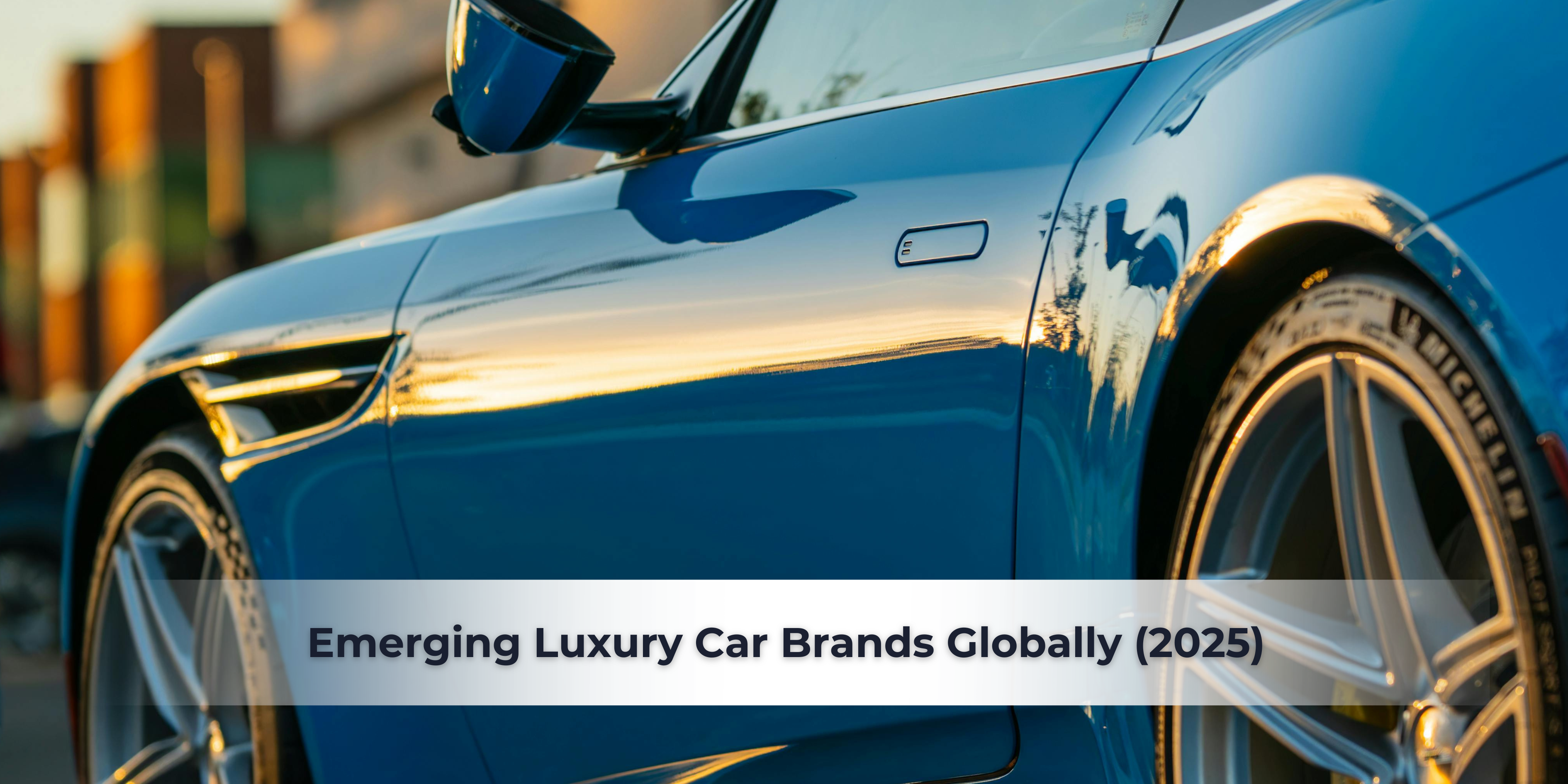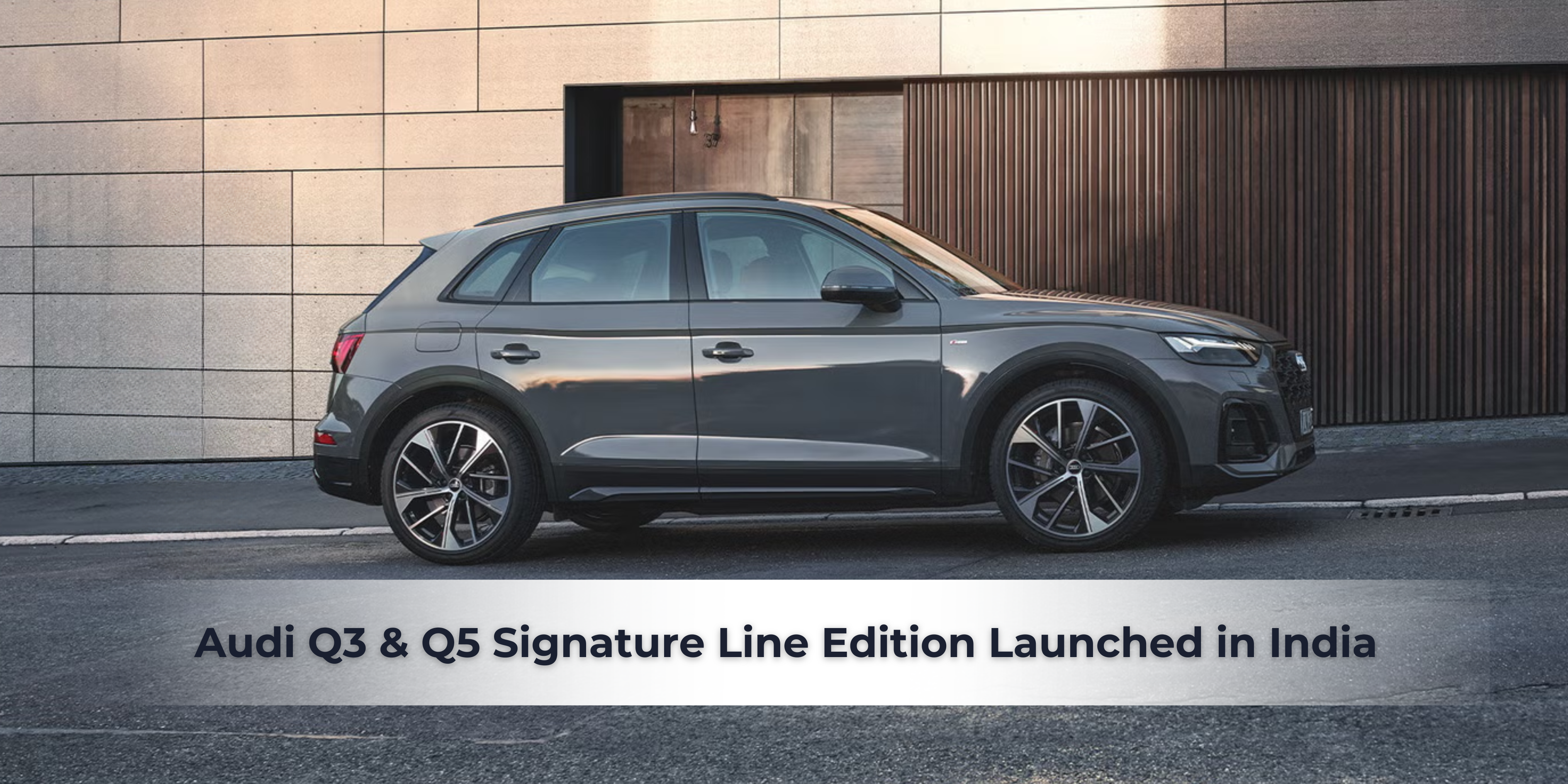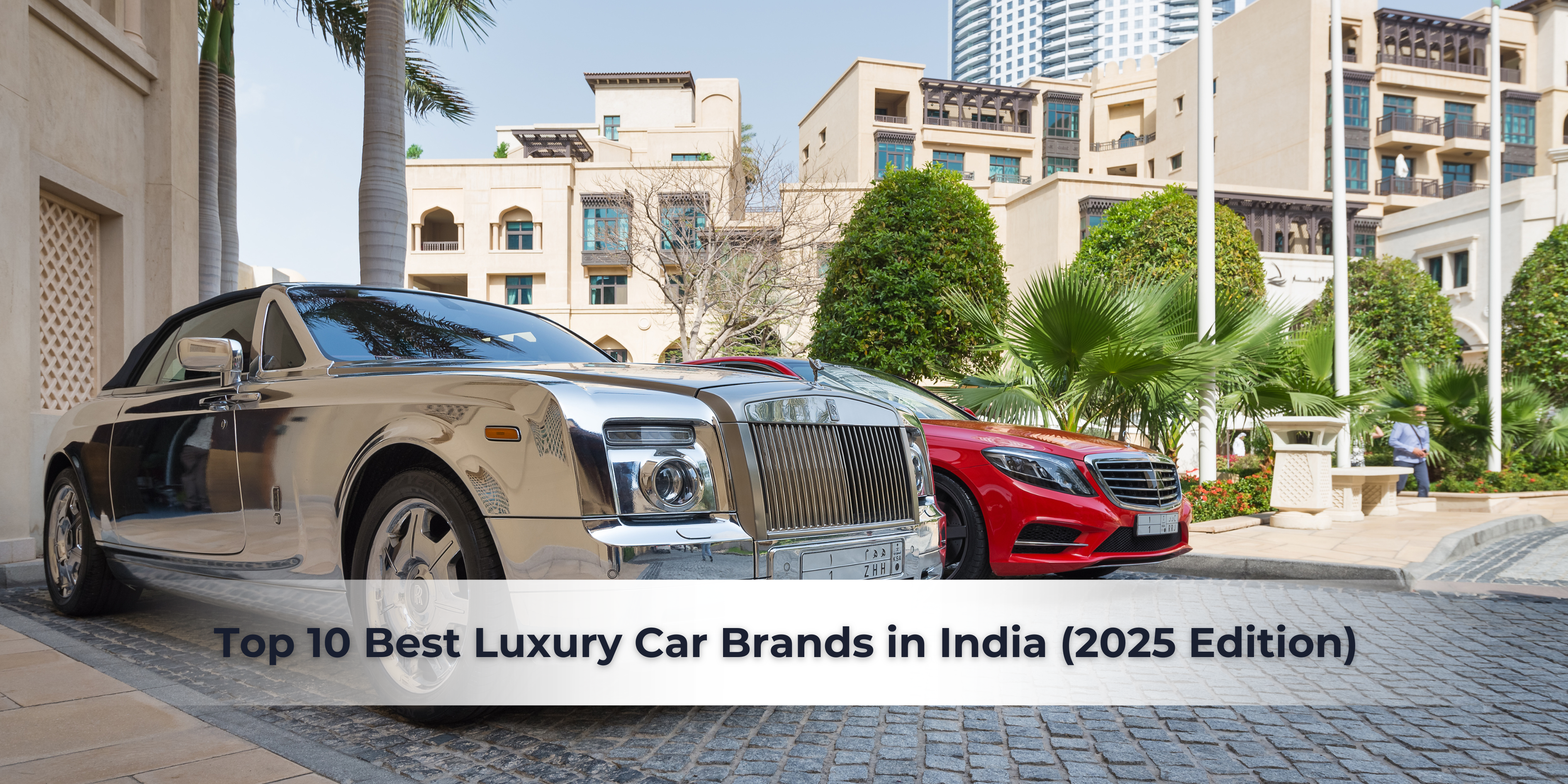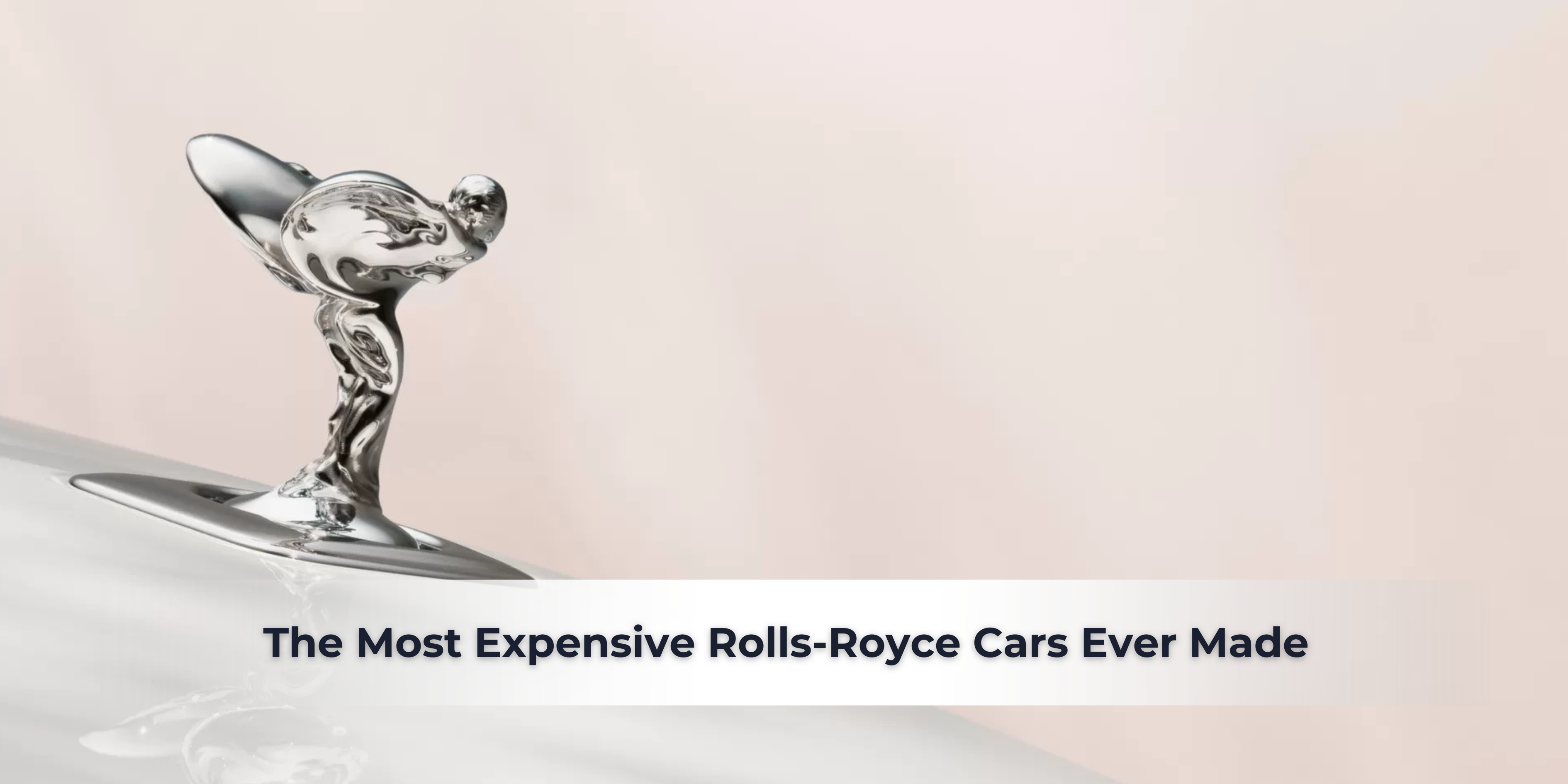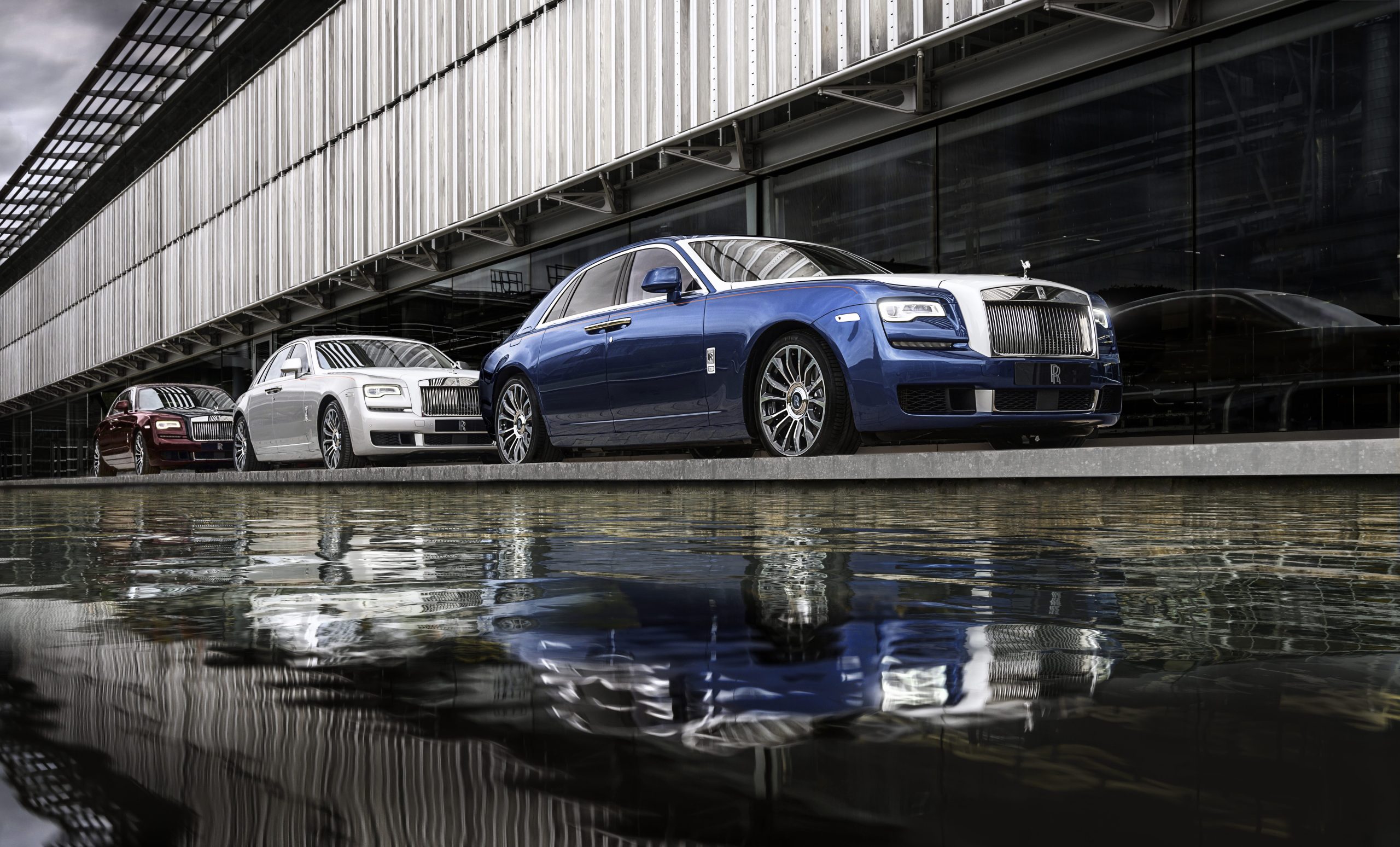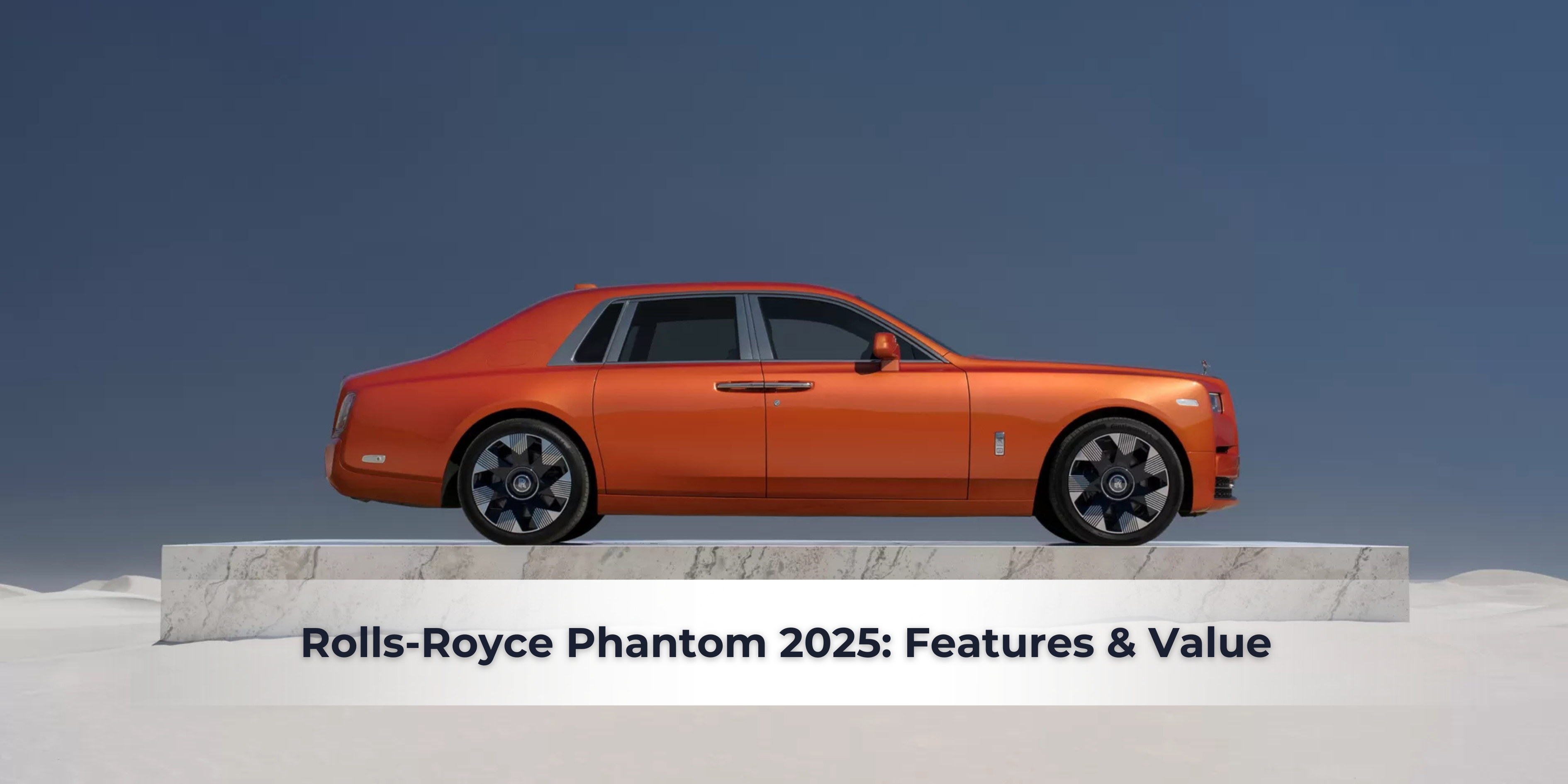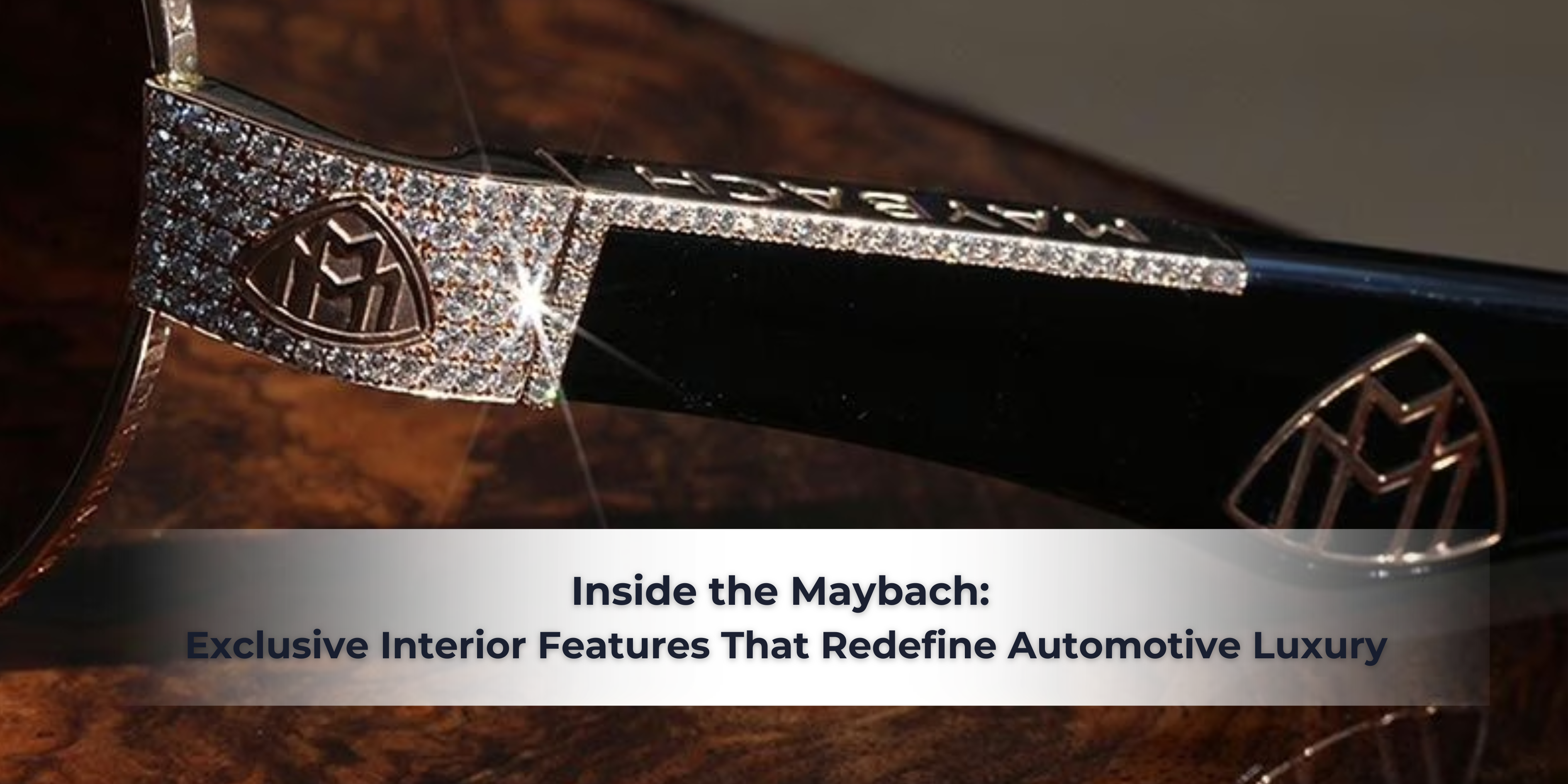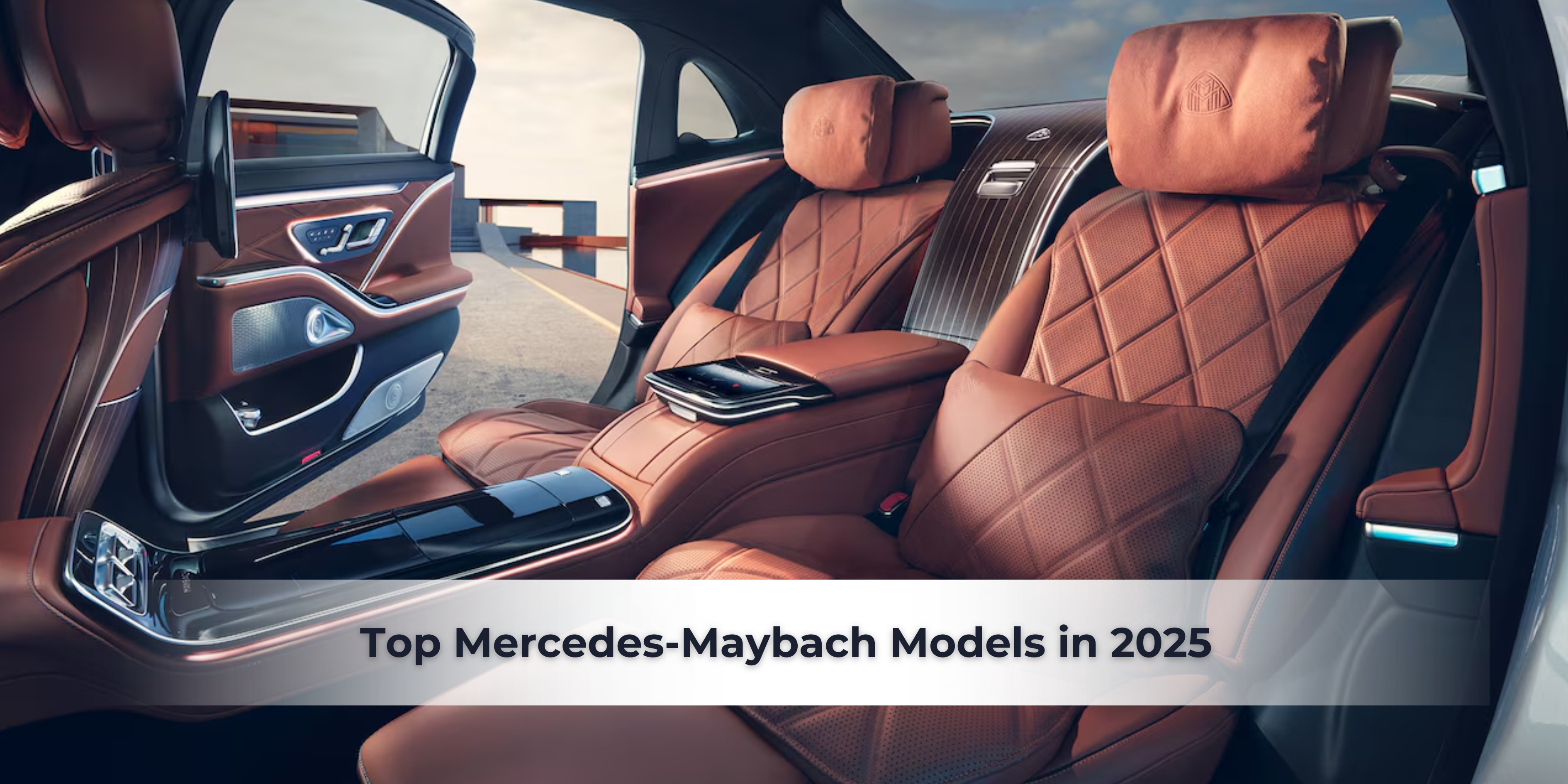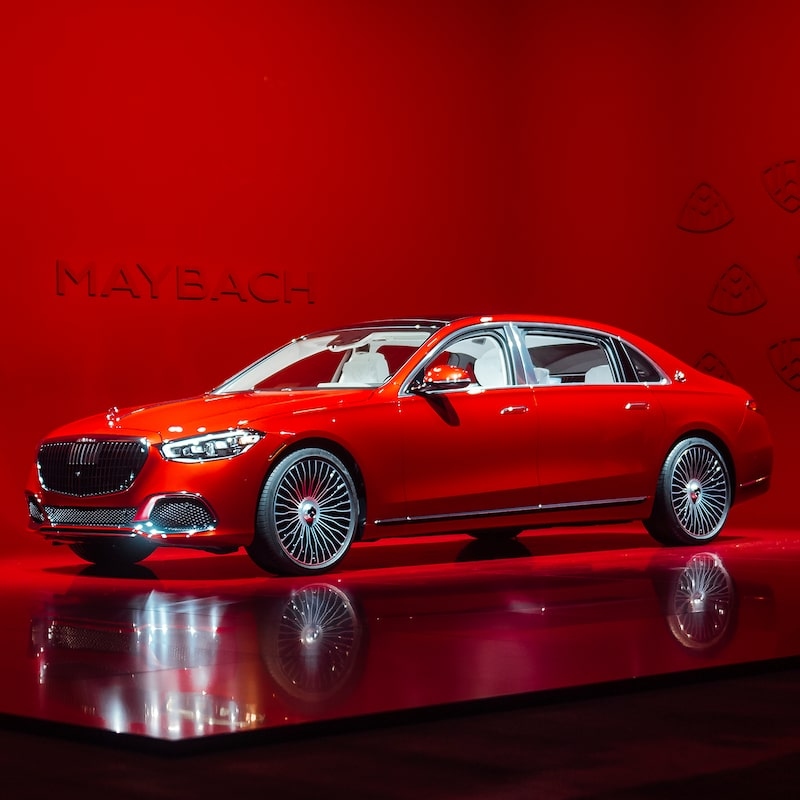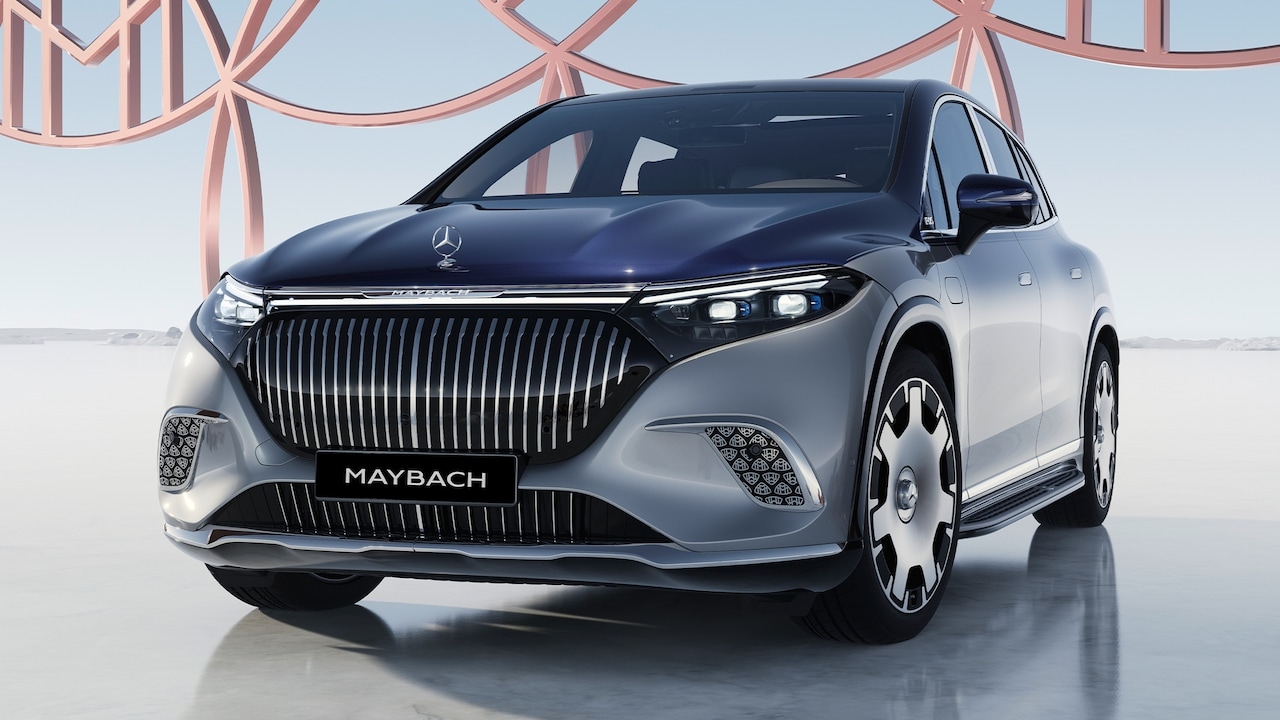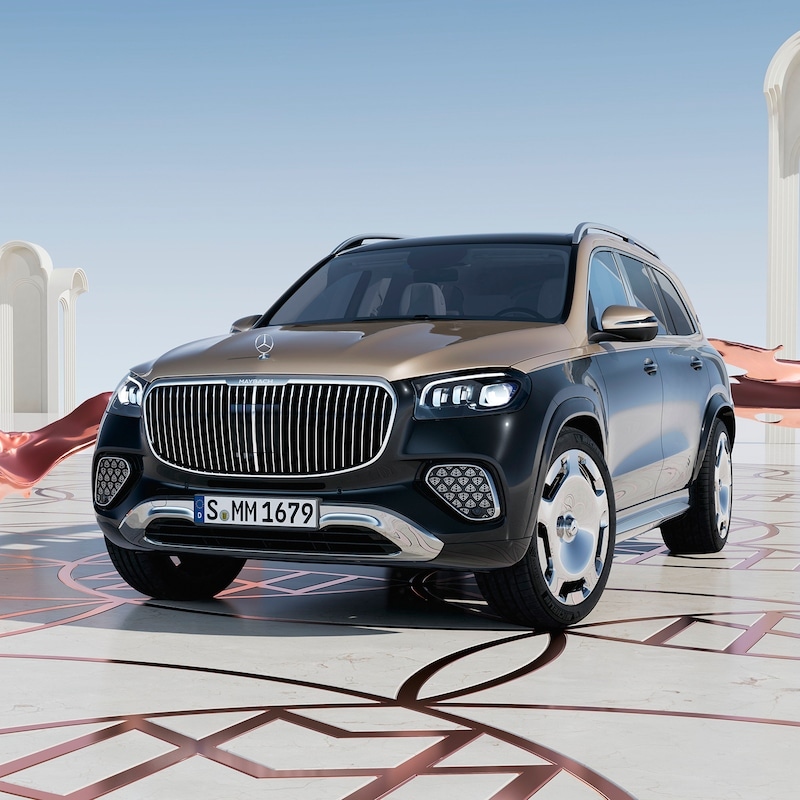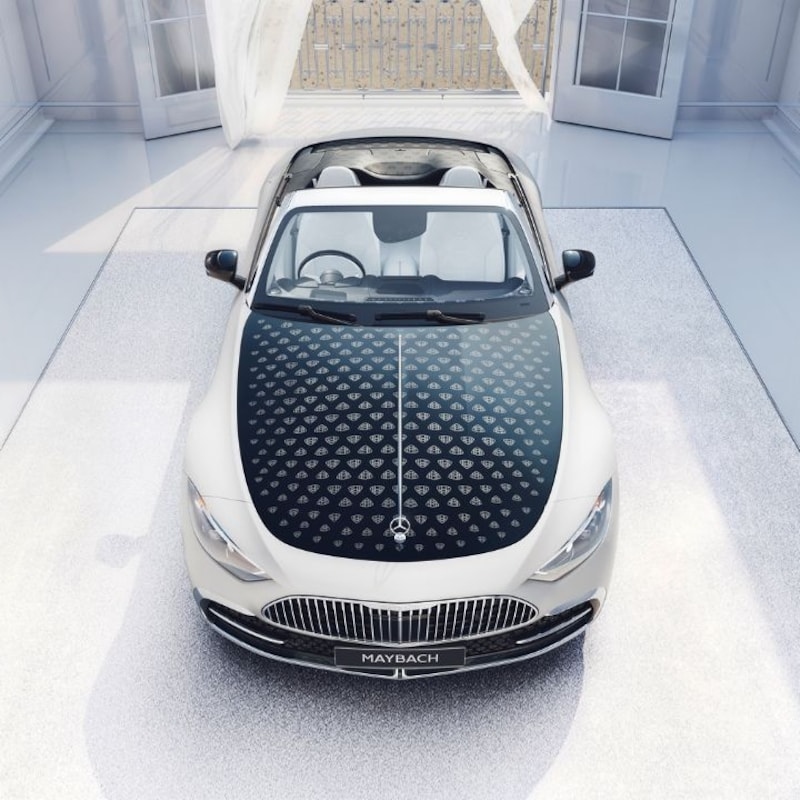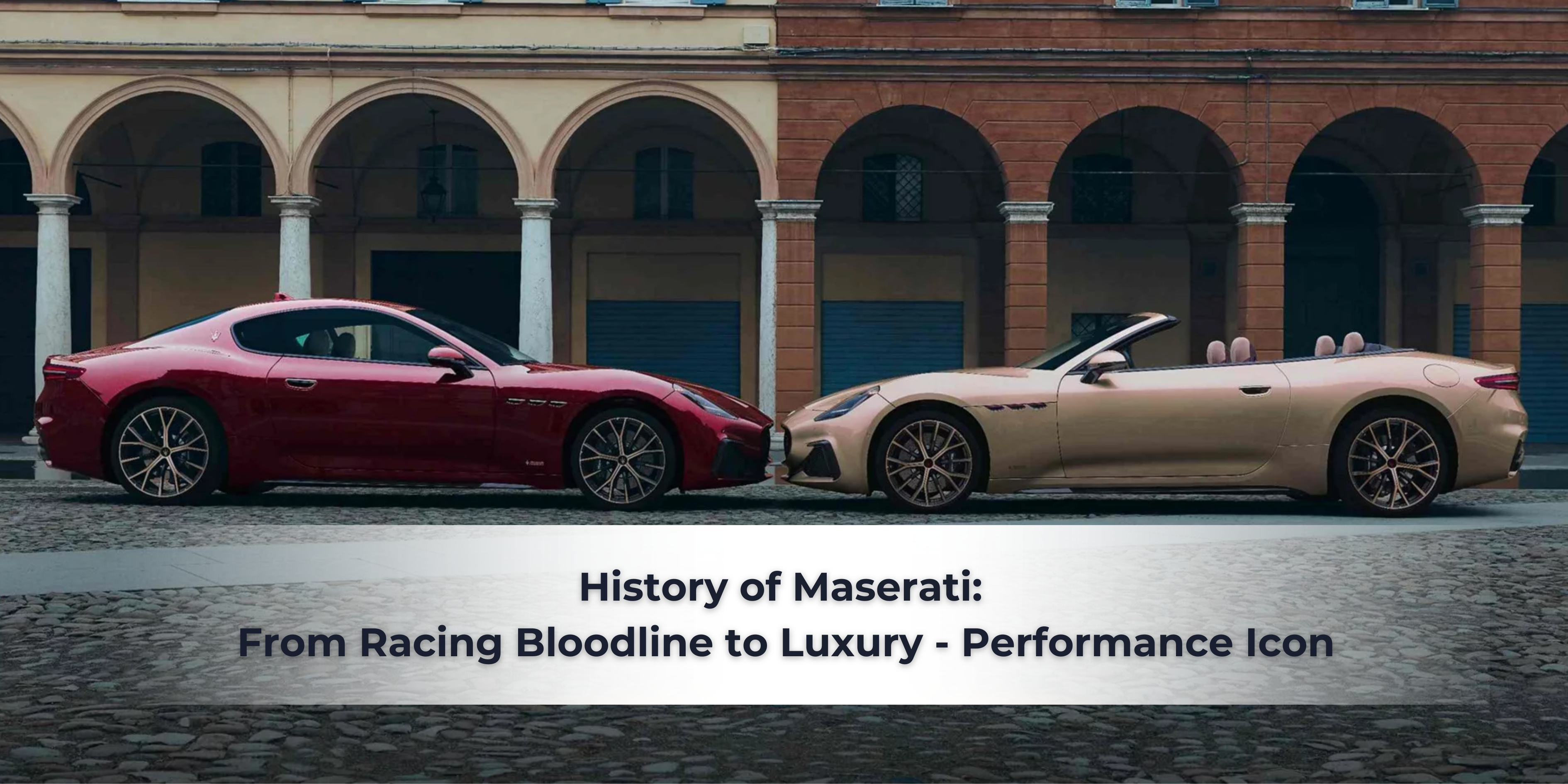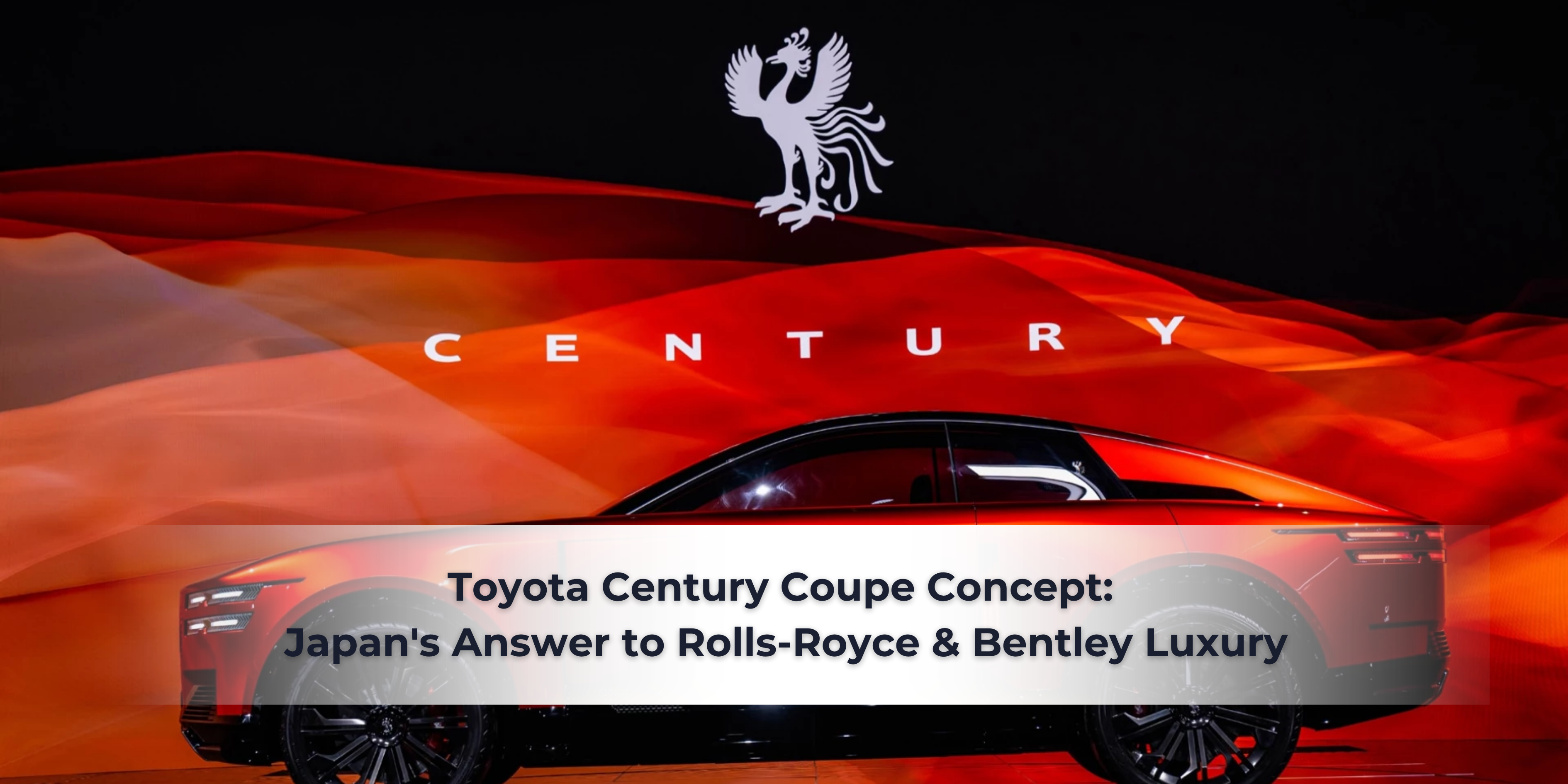The luxury car industry is no longer defined solely by Rolls-Royce, Bentley, or Mercedes-Maybach. As we move into 2025, a wave of new-age luxury car brands is reshaping what exclusivity, innovation, and craftsmanship mean in the modern era. From high-tech electric luxury startups to design-driven boutique manufacturers, these emerging names are challenging the status quo with bold ideas, sustainability, and futuristic appeal.
Here’s a closer look at the world’s most promising new luxury car brands you should keep an eye on.
1. Lucid Motors – The American Answer to Electric Luxury
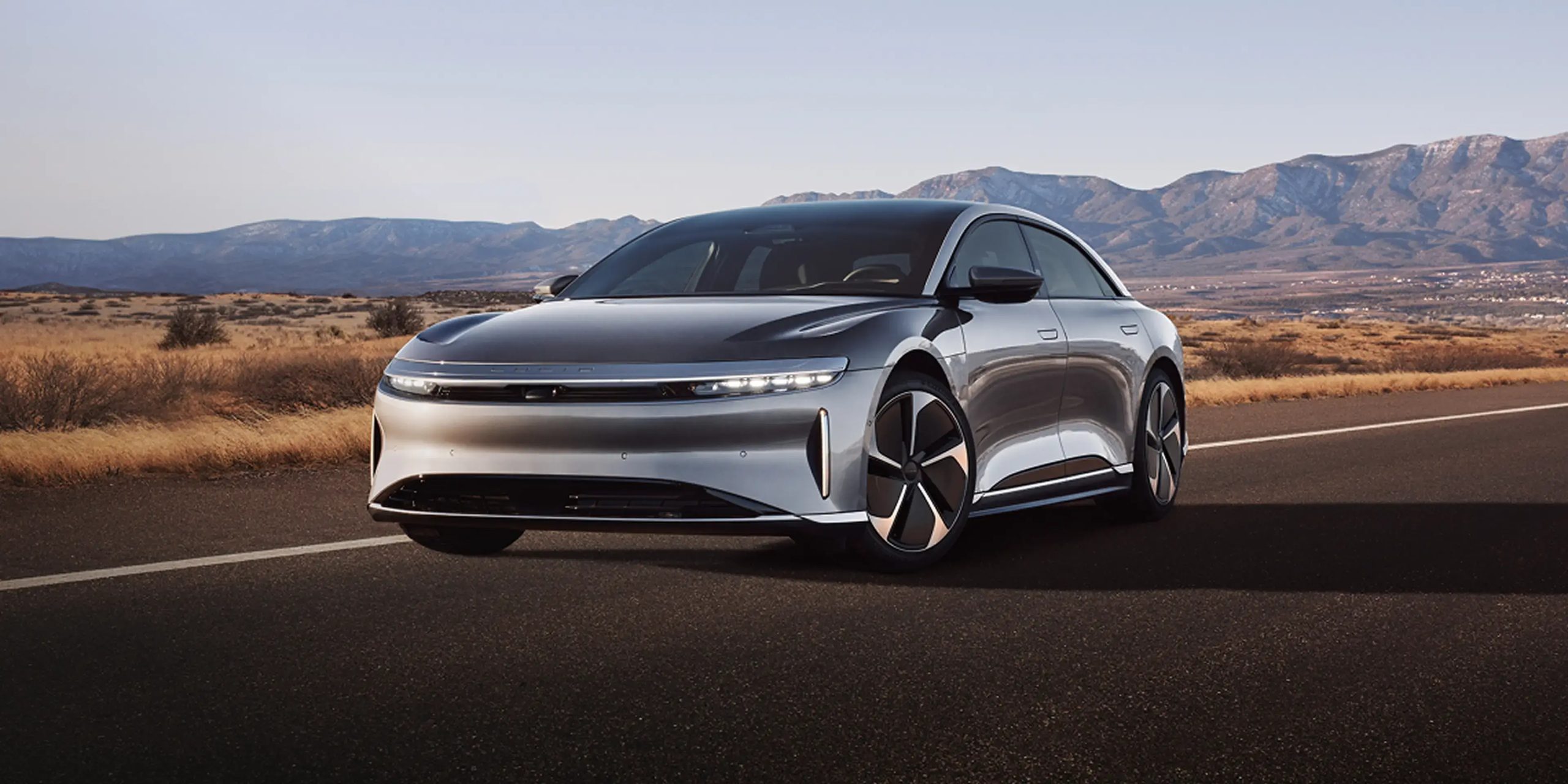
- Origin: USA
- USP: Longest-range electric sedans with aircraft-inspired design
- Verification & Update: The flagship model, the Lucid Air Grand Touring, offers an EPA-estimated range of up to 516 miles (830 km), not 837 km (520 miles), though the spirit of “longest-range” is correct. This figure remains a benchmark in the industry.
Lucid Motors has quickly earned the tag of a “Tesla rival,” but its vision goes far beyond performance numbers. The brand’s flagship, Lucid Air, offers an EPA-estimated range of up to 516 miles (830 km), redefining electric luxury for global buyers. Inside, it blends California-inspired minimalism with advanced materials and a futuristic cockpit interface. With its in-house battery technology and design that rivals Rolls-Royce and Mercedes EQS in comfort, Lucid represents the next generation of clean, powerful, and opulent mobility.
2. Genesis – Redefining Korean Luxury
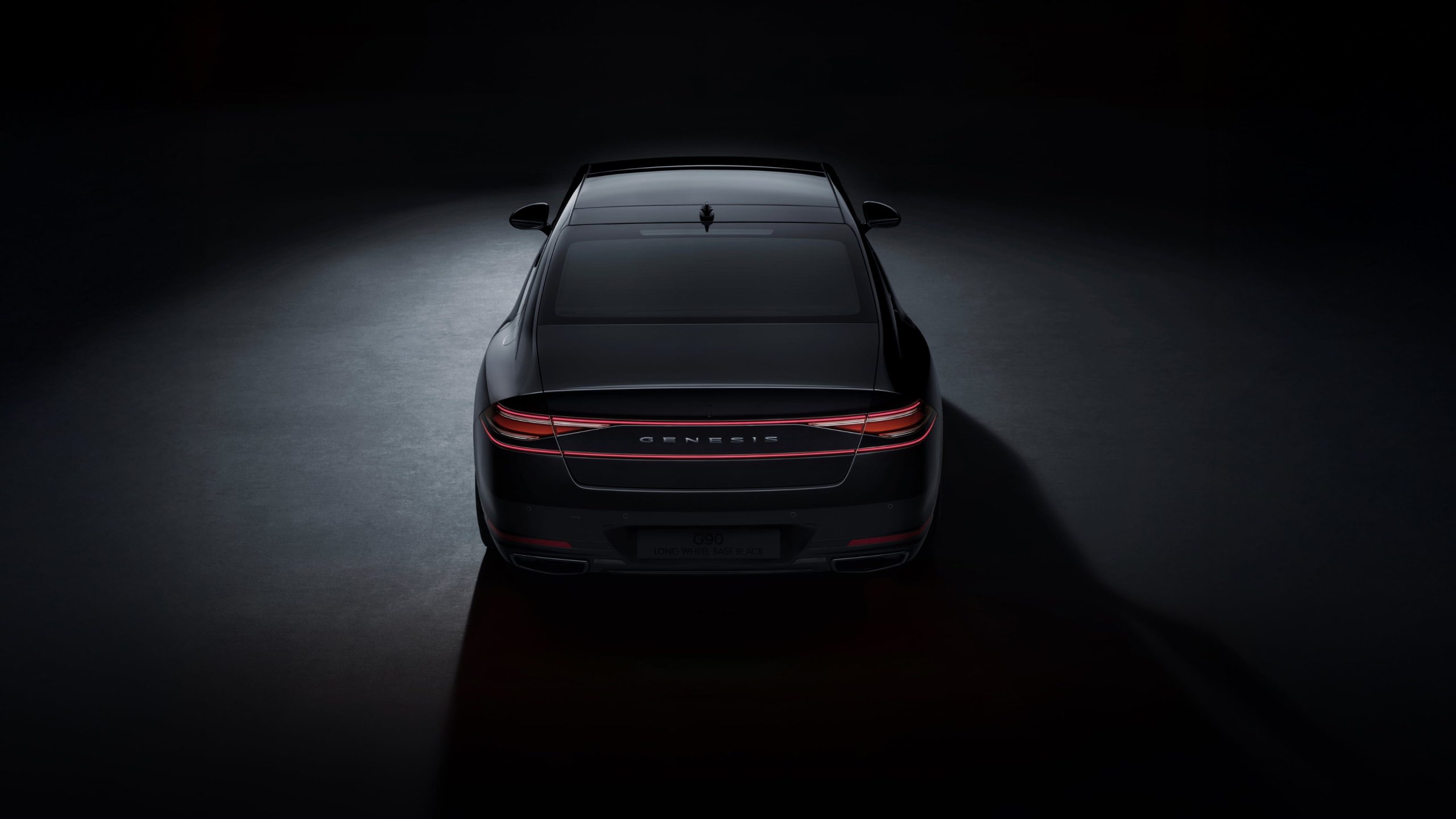
- Origin: South Korea
- USP: Elegant design with technology-first luxury, challenging Lexus and BMW
- Verification & Update: Genesis has solidified its position. The new G90 sedan and refreshed GV80 SUV with its new Coupe variant for 2025 have been praised for their opulent cabins, standard features, and use of advanced materials, claiming a “credible alternative” factually accurate and industry-recognized.
Once Hyundai’s premium division, Genesis has matured into a standalone luxury marque competing head-to-head with established European brands. Models like the Genesis G90 and GV80 SUV embody refined design and exceptional attention to detail. Its “Athletic Elegance” philosophy and futuristic interiors with sustainable materials, ambient lighting, and advanced driver-assistance systems have helped Genesis gain credibility in the premium segment. In fact, it is consistently considered a credible, high-value alternative to Lexus, BMW, and Mercedes in key global markets like the U.S. and the Middle East.
3. VinFast – Vietnam’s Luxury Disruptor
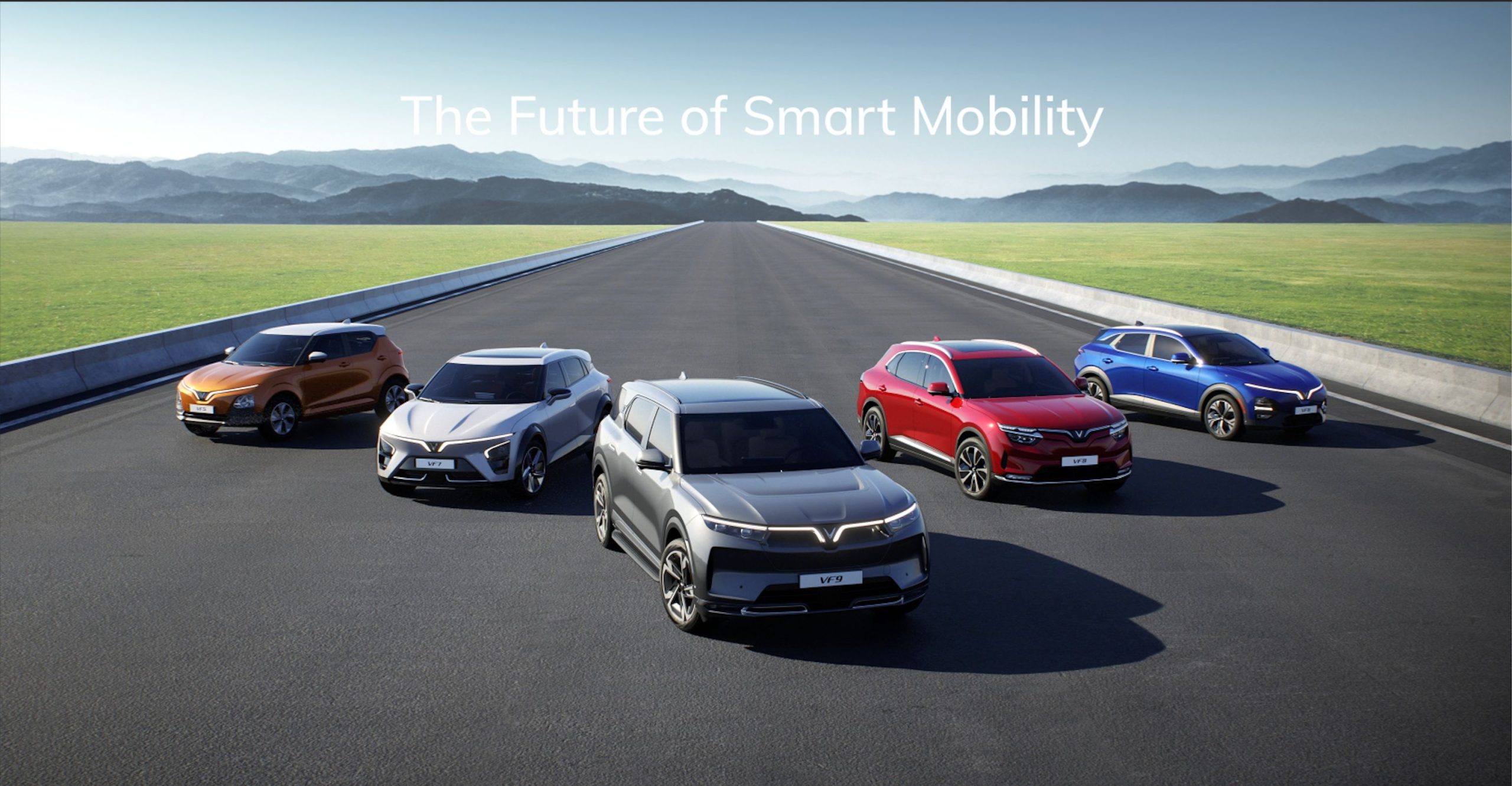
- Origin: Vietnam
- USP: Tech-integrated EVs with a competitive global luxury positioning
- Verification & Update: The VF 9 is officially listed with an EPA-estimated range of up to 330 miles (531 km) for the Eco trim, with the Plus trim offering 291 miles. The features (15.6-inch screen, Pininfarina design) are accurate.
Vietnam’s VinFast has surprised the automotive world with its rapid evolution from a national manufacturer to a global electric luxury contender. The brand’s EV lineup – including the VF 9 luxury SUV – offers a sophisticated balance of premium interiors, advanced connectivity, and autonomous-ready tech. What makes VinFast unique is its focus on smart ecosystems – from app-controlled functions to over-the-air updates, it’s targeting a digital-first, environmentally aware customer base. With design input from Pininfarina and engineering support from Bosch, VinFast has global ambitions written all over it.
4. NIO – The Chinese Tech-Luxury Pioneer

- Origin: China
- USP: Luxury EVs with battery-swap innovation and futuristic design
- Verification & Update: NIO’s battery-swap technology is highly advanced. They surpassed 90 million total battery swaps as of late 2025 (in the timeline of the post), with an average swap time of around 3 minutes, confirming the “futuristic convenience” claim as a leading, scaled technology.
Among the wave of Chinese automakers, NIO stands tall as a premium brand that blends performance with innovation. Its flagship NIO ET9 sedan and ES8 SUV feature AI-powered cabins, seamless connectivity, and even in-car digital assistants. But what truly sets NIO apart is its Battery Swap Network – allowing drivers to replace a depleted battery in just about three minutes. This futuristic convenience, combined with minimalist interiors and eco-friendly materials, positions NIO as one of the most progressive luxury EV brands globally.
5. BYD Denza – Tech-Luxury with Mercedes-Benz DNA (Now fully BYD-owned)

- Origin: China
- USP: Electric luxury originally established with Mercedes-Benz DNA, now fully under BYD’s advanced EV technology.
- Verification & Update: The joint venture with Daimler (Mercedes-Benz Group) for Denza officially ended in September 2024, with BYD taking 100% ownership. It is crucial for factual accuracy to state that while the brand was born from this collaboration and benefited from Mercedes’ early design/precision input, it is now a fully-owned subsidiary of BYD, leveraging BYD’s revolutionary Blade Battery and e-Platform technology.
Denza, a high-end brand under BYD, was originally born from a joint venture with Mercedes-Benz, combining German precision with Chinese innovation. (Crucial Update: Mercedes-Benz transferred its remaining shares to BYD in late 2024, making Denza a 100% BYD subsidiary.) The Denza N7 and D9 models feature ultra-premium interiors, high-performance electric powertrains (leveraging BYD’s Blade Battery and e-Platform), and cutting-edge infotainment systems that rival global luxury giants. The brand’s focus on in-car AI, sustainable leather alternatives, and intuitive driver interfaces has made it one of the most compelling new entrants in the global luxury EV segment.
6. Karma Automotive – Sustainable Luxury from California

- Origin: USA
- USP: Handcrafted extended-range electric GTs with bespoke customization.
- Verification & Update: The core models, GS-6 and Revero GT, are technically Extended Range Electric Vehicles (EREVs) or plug-in hybrids, not purely electric (as the gas engine acts as a generator for the battery). The luxury appeal comes from the low-volume, handcrafted nature of the vehicle, which is a key differentiator from mass-market brands.
Emerging from the legacy of Fisker Automotive, Karma Automotive has reinvented itself as a boutique brand for luxury Extended-Range Electric Grand Tourers (EREVs). The Karma GS-6 and Revero GT blend sculptural design with eco-conscious craftsmanship. Karma’s production process emphasizes bespoke customization, hand-finished interiors, and ultra-low-volume exclusivity, targeting customers who value art and individuality as much as performance in their vehicle.
7. Rimac Automobili – The Croatian Hyper-Luxury Innovator

- Origin: Croatia
- USP: Hypercar technology meets luxury craftsmanship under the Bugatti Rimac umbrella.
- Verification & Update: The formation of Bugatti Rimac in 2021 (with Porsche involvement) confirms its role in channeling high-voltage EV expertise into future ultra-luxury models for both brands, making the hypercar-to-luxury technology transfer a central and correct point.
Rimac has redefined what electric performance means. Known for its hypercar Nevera (which boasts 1,914 hp), Rimac blends aerospace-grade materials, hand-built interiors, and mind-bending power output. Now, under the Bugatti Rimac umbrella, the company is channeling its EV expertise into future ultra-luxury hybrid and electric models for the new Bugatti era, making it one of the most anticipated luxury innovators of the decade.
8. Faraday Future – Silicon Valley’s Vision of Mobility

- Origin: USA
- USP: “Third Internet Living Space” luxury EVs, focused on personalization and connectivity.
- Verification & Update: The FF 91 2.0 Futurist Alliance delivers 1,050 hp, features a massive 142 kWh battery pack, and boasts an EPA-certified range of 381 miles (613 km). A key selling point is the vehicle’s huge total display area (over 100 inches) and “Zero-Gravity” rear seats.
Faraday Future (FF) positions itself as more than just a car brand – it’s a mobility experience company. Its debut model, the FF 91 Futurist, features AI-driven personalisation, massive display panels (including a 27-inch rear passenger screen), and rear-seat comfort that rivals that of Maybach and Rolls-Royce. The brand’s emphasis on digital luxury, connected ecosystems, and autonomous readiness appeals to tech entrepreneurs and futurists seeking luxury beyond leather and wood.
9. HiPhi – The Intelligent Luxury Innovator

- Origin: China
- USP: Tech-laden EVs with futuristic NT (No-Touch) doors and smart, adaptable interiors.
- Verification & Update: The unique NT Doors (which include the gullwing-style upper rear door section) and the advanced interior tech (three main screens, customizable fragrance, rear-wheel steering) are confirmed features of the HiPhi X and HiPhi Y.
HiPhi, under Human Horizons, represents the bold new face of tech-driven luxury. Its HiPhi X and HiPhi Y models combine ultra-modern design with features like unique NT (No-Touch) doors, smart lighting, and voice-command interiors. HiPhi’s interior feels like a mobile lounge, with customizable ambient moods and a user interface that adapts to driver behaviour – setting it apart from traditional luxury philosophies.
10. Aehra – Italian Electric Elegance

- Origin: Italy
- USP: Emotionally designed EVs blending art and aerodynamics, with a focus on interior space.
- Verification & Update: Aehra’s two planned models, the Estasi sedan and Impeto SUV, are targeting a range of nearly 500 miles (800 km) from their 925-volt architecture, with an expected launch in late 2026 or later, confirming the high range target and Italian design focus.
Aehra is a new Italian EV luxury brand merging timeless Italian aesthetics with electric performance. Its upcoming models, now officially named the Aehra Estasi sedan and Aehra Impeto SUV, are expected to deliver a range of up to 500 miles (800+ km), lightweight construction, and supercar-inspired interiors. Built for connoisseurs of both beauty and technology, Aehra combines handcrafted materials, aerodynamic artistry, and minimalist sophistication that could rival legacy icons like Maserati or Aston Martin in the coming decade.
Final Thoughts: The Dawn of a New Luxury Era
The luxury car world is no longer confined to old badges and century-old legacies. Brands like Lucid, Genesis, and NIO are rewriting the rules with sustainability, software, and personalization at their core.
As the global definition of “luxury” evolves – from opulence to experience – these emerging players are creating a new benchmark for exclusivity, innovation, and intelligent mobility.
Follow Motozite to stay updated with the latest from the world of emerging luxury car brands, exclusive model launches, EV innovations, and in-depth luxury market insights designed for the modern car enthusiast.

